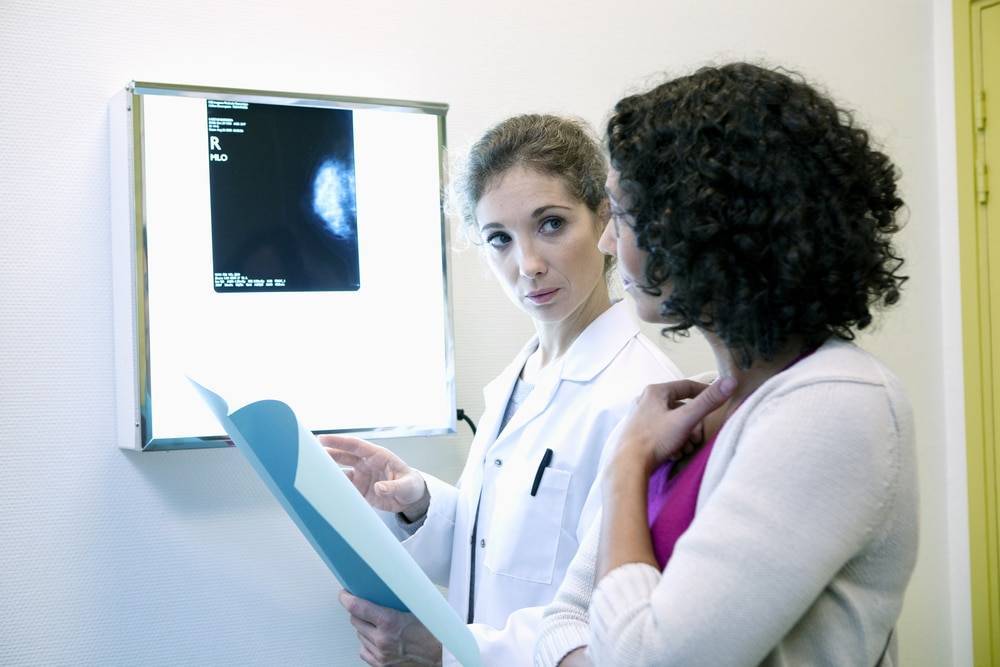Breast cancer remains a pressing health concern, affecting millions worldwide.
Early detection and risk assessment play crucial roles in managing and mitigating the disease’s impact. Among the tools developed for this purpose, the Breast Cancer Risk Assessment Score stands out as a pivotal measure. This scoring system is designed to estimate an individual’s risk of developing breast cancer, based on a range of genetic, environmental, and lifestyle factors.
What is the Breast Cancer Risk Assessment Score?
The Breast Cancer Risk Assessment Score is intricately calculated, taking into account various individual risk factors. This includes genetic markers, such as mutations in the BRCA1 and BRCA2 genes, which significantly increase breast cancer risk.
Personal health history factors, including previous breast biopsies with atypical findings, are considered alongside reproductive history, such as age at first menstruation and childbirth history. Lifestyle factors like alcohol consumption, smoking, and hormone therapy use also play a role.
Components of the Breast Cancer Risk Assessment Score
The calculation of the Breast Cancer Risk Assessment Score is multifaceted, incorporating various factors that contribute to an individual’s overall risk. These factors include but are not limited to:
- Genetic Markers: The presence of BRCA1 and BRCA2 gene mutations significantly increases breast cancer risk.
- Family History: A history of breast cancer in first-degree relatives (mother, sister, daughter) doubles the risk.
- Reproductive History: Early menstruation (before age 12), late menopause (after age 55), and older age at first childbirth or never having given birth.
- Lifestyle Factors: Obesity, lack of physical activity, consumption of alcohol, and use of hormone replacement therapy (HRT).
Each of these components contributes differently to the overall score, highlighting the importance of a comprehensive evaluation.
Methodology Behind the Calculation
The methodology for calculating the Breast Cancer Risk Assessment Score involves statistical models that integrate these diverse factors. One of the most widely used models is the Gail Model, which estimates the five-year and lifetime risk of developing breast cancer. This model uses a combination of demographic and medical history data to generate a risk score.
Another approach involves genetic testing and analysis of family history, which can be particularly informative for individuals with a known family history of breast or ovarian cancer.
Models like the Gail and Tyrer-Cuzick assess these factors, providing a personalised risk score to guide screening and prevention strategies.
The Gail Model, one of the primary tools for breast cancer risk assessment, incorporates factors such as age, family history, personal health history, and reproductive history to estimate a woman’s risk of developing breast cancer within the next five years and up to age 90. The Tyrer-Cuzick Model, another significant tool, also considers these factors but includes additional elements like breast density to predict the likelihood of developing cancer over a similar timeframe. Both models are validated through extensive research and are instrumental in guiding preventive measures and screening recommendations.
Engaging with Breast Cancer Risk Assessment
For someone undergoing the Breast Cancer Risk Assessment Score evaluation, the journey starts with a blend of apprehension and a proactive quest for health empowerment.
Understanding the multifaceted components that contribute to their risk score, from genetic markers to lifestyle factors, helps demystify the process. It involves detailed discussions with healthcare providers about personal and family medical histories, as well as potential lifestyle influences.
Personalised Strategies for Risk Management
Armed with knowledge about their risk score, individuals are better positioned to discuss and co-design their screening and prevention strategies with their healthcare team. Options may include more frequent mammograms, MRI scans for those at significantly higher risk, and even discussions about preventive medications or prophylactic surgeries for those with a very high risk.
These strategies are not just clinical decisions but deeply personal ones, requiring thoughtful consideration of risks, benefits, and personal values. The engagement doesn’t end with risk assessment; it extends into lifestyle changes and interventions aimed at risk reduction.
Active Participation in Health Management
Understanding their risk score empowers individuals to take an active role in managing their health. It becomes a catalyst for adopting healthier lifestyle choices, such as improving diet, increasing physical activity, reducing alcohol consumption, and quitting smoking. These changes are viewed not just as recommendations but as integral parts of a comprehensive strategy to lower breast cancer risk.
The journey through breast cancer risk assessment and subsequent risk management strategies is intensely personal and informative. It’s about more than numbers and clinical recommendations; it’s about individuals taking control of their health, armed with knowledge and supported by their healthcare team.
Embracing the Path to Empowerment
Navigating the implications of one’s risk score and the subsequent decisions requires not just personal resolve but also comprehensive support from healthcare providers, counsellors, and community resources. This network of support is indispensable, offering guidance, emotional support, and information to help individuals make the best decisions for their circumstances and values.
As we look towards the future, the evolution of breast cancer risk assessment and the integration of more personalised, predictive tools promise even greater empowerment for individuals. The journey of understanding and managing breast cancer risk is emblematic of a broader shift towards personalised medicine, where every individual has the tools, knowledge, and support to navigate their health journey with confidence.
References
- Professional, C. C. M. (n.d.). Breast Cancer Risk Assessment. Cleveland Clinic. https://my.clevelandclinic.org/health/diagnostics/breast-cancer-risk-assessment
- Breast cancer risk assessment – Mayo Clinic. (2022, October 12). https://www.mayoclinic.org/tests-procedures/breast-cancer-risk-assessment/about/pac-20393195
- Wang, X., Huang, Y., Li, L., Dai, H., Song, F., & Chen, K. (2018, March 13). Assessment of performance of the Gail model for predicting breast cancer risk: a systematic review and meta-analysis with trial sequential analysis. Breast Cancer Research. https://doi.org/10.1186/s13058-018-0947-5
- Zheng, Y., Li, J., Wu, Z., Li, H., Cao, M., Li, N., & He, J. (2022, July 1). Risk prediction models for breast cancer: a systematic review. BMJ Open. https://doi.org/10.1136/bmjopen-2021-055398
- Practice Bulletin Number 179: Breast Cancer Risk Assessment and Screening in Average-Risk Women. (2017, July 1). Obstetrics & Gynecology. https://doi.org/10.1097/aog.0000000000002158

